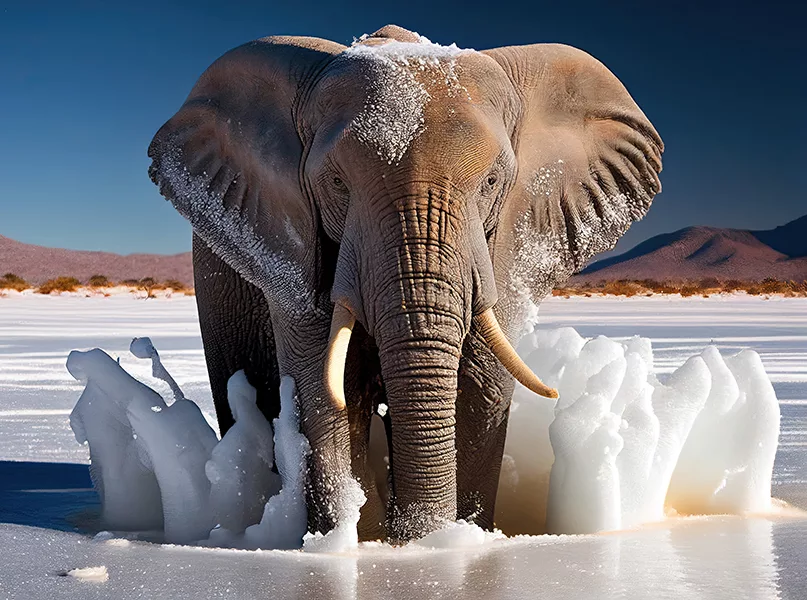Guest contributors Damilola Adeyanju and Professor Gail Whiteman from the Arctic Risk Platform explore the impact of Arctic warming and climate change on Africa’s economic development, business growth, and pursuit of the UN’s SDGs.
- INTRODUCTION
- THE LINK BETWEEN ARCTIC CHANGE AND AFRICAN PROSPERITY
- CLIMATE CRISIS PUTS AFRICA’S FUTURE AT STAKE: THE INTERDEPENDENCE OF BUSINESS GROWTH AND SDGs
- STANDARD OF LIVING: A KEY TO SUSTAINABLE BUSINESS GROWTH AND ACHIEVING THE SDGS
- HUMAN CAPITAL: THE BACKBONE OF BUSINESS GROWTH AND SDG ADVANCEMENT
- CONCLUSION
INTRODUCTION
Climate change threatens Africa’s efforts to achieve the Sustainable Development Goals (SDGs). Extreme weather events, disrupted food systems, and strained water resources undermine the continent’s economic development and sustainable growth prospects.
A critical, yet lesser-known, factor is rapid Arctic warming, which has far-reaching effects on global climate change, and has knock-on effects globally – and in Africa – in terms of urban development, health, extreme weather, sea level rise, heat stress, supply chain disruption, food and water security.
THE LINK BETWEEN ARCTIC CHANGE AND AFRICAN PROSPERITY
The Arctic is warming four times faster than the rest of the world with effects felt globally. What happens in the Arctic doesn’t stay there: if the Arctic loses sea ice and snow cover, global warming is projected to increase by 25-40 percent. Changes happening in the Arctic today are already driving risks elsewhere – including in Africa.
Like the Arctic, the African continent is particularly sensitive to warming and is also heating faster than the global average. The effects of this rapid warming have pinned Africa as the continent most strongly affected by changes in the climate. While Arctic change is not uniformly responsible for disasters across the African continent, there are numerous factors from the northern pole involved. As the Arctic snow and ice melt, more of the sun’s energy is absorbed rather than reflected into space. Thus, temperatures around the world and in Africa rise, as the Arctic is less able to act as the global refrigerator.
When the Arctic is abnormally warm, as it has been in recent decades, it often leads to a more meandering jet stream. A wavy jet stream can bring lingering hot and dry conditions to the Middle East and northern Africa, yielding, among other consequences, heatwaves, drought and crop failure.
For each degree (Celsius) that the planet warms, the atmosphere can hold seven percent more moisture, leading to more devastating precipitation in areas already experiencing significant seasonal monsoons and stronger cyclones. Additionally, this added moisture contributes to wet conditions that are favorable for the breeding of disease-carrying pathogens, creating a heightened risk for vector-borne diseases.
Greenland is rapidly losing ice mass, which is the world’s largest contributor to sea level rise. This impacts coastal communities throughout Africa.
Africa’s lower adaptive capacity heightens its vulnerability to the climate crisis, making risks associated with extreme weather events more severe and uncertain for key industries and business sectors. As a result, SDG targets are jeopardised. Acknowledging far-reaching consequences of Arctic warming is essential to mitigate its impacts in securing a sustainable future for Africa.
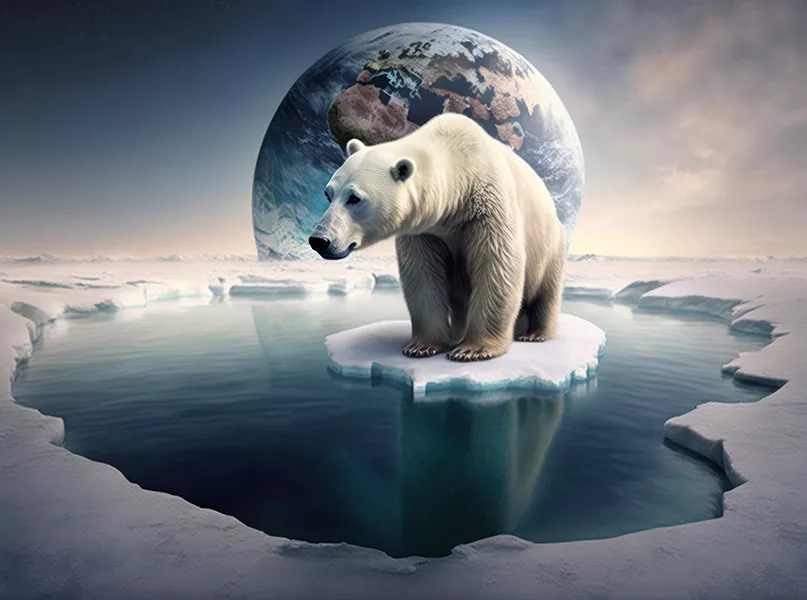
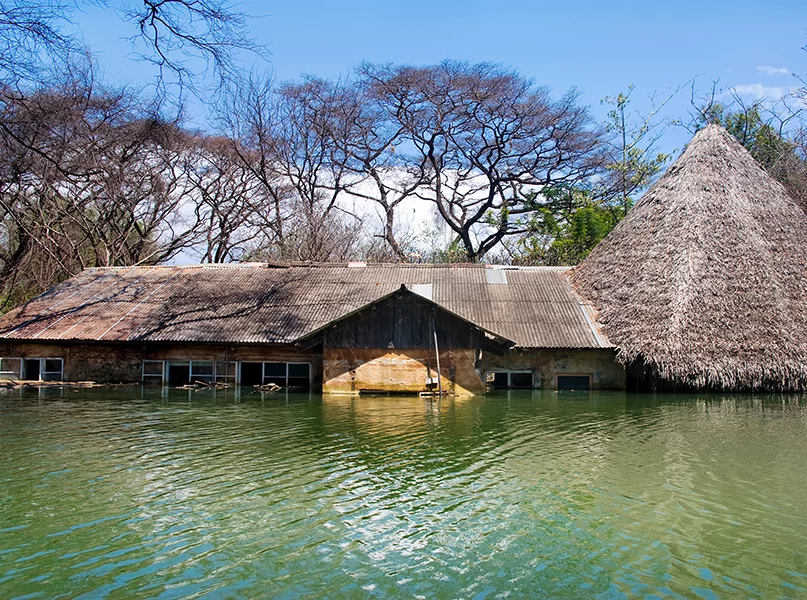
CLIMATE CRISIS PUTS AFRICA’S FUTURE AT STAKE: THE INTERDEPENDENCE OF BUSINESS GROWTH AND SDGs
Most African countries are not on track to meet SDG targets. The impacts of climate change could further make the targets difficult to attain. Africa faces immense challenges with climate change projected to cause a 15 percent loss in per capita GDP growth, potentially declining by 20 percent by 2050, and 64 percent by 2100 if current trends persist. The SDGs aim to enhance social welfare by addressing key issues such as education, health, gender equality, and social inclusion. However, Arctic melting and climate change pose significant threats to realising SDGs in Africa.
Businesses play a vital role in driving sustainable economic and GDP growth. However, business growth and the SDGs are interdependent; thriving industry sectors in Africa rely on progress across all five pillars of the SDGs – people, prosperity, planet, peace, and partnership. Attaining the SDGs could help business growth, which could lead to increased GDP growth. This highlights the importance of mutual success and addressing risks that Arctic warming and climate change pose to Africa’s future. We examine the three key links between infrastructure, standard of living, and human capital.
INFRASTRUCTURE: A FOUNDATION FOR BUSINESS GROWTH AND SDG PROGRESS
Robust infrastructure is crucial for business success and is linked to several SDGs, such as SDG 7 (affordable and clean energy), SDG 9 (industry, innovation, and infrastructure), and SDG 11 (sustainable cities and communities). Africa’s infrastructure gaps have historically affected businesses, with high energy poverty leading to increased operational costs. Countries like Nigeria, Ghana, South Africa, and Kenya have launched energy transition plans to address these challenges.
However, Arctic warming increases the frequency of extreme weather events like floods and storms, which can destroy vital energy infrastructure. Since 2010, natural disasters in Africa have surged, with 70 percent of all events occurring between 2017 and 2021 and floods accounting for 33 percent of reported natural disasters. It is estimated that by 2050, climate impacts could cost African nations USD$50 billion annually in infrastructural damages. These disasters threaten energy networks essential for Africa’s economic growth. Addressing adverse effects of Arctic melting and climate change is vital for infrastructure development and achieving the SDGs.
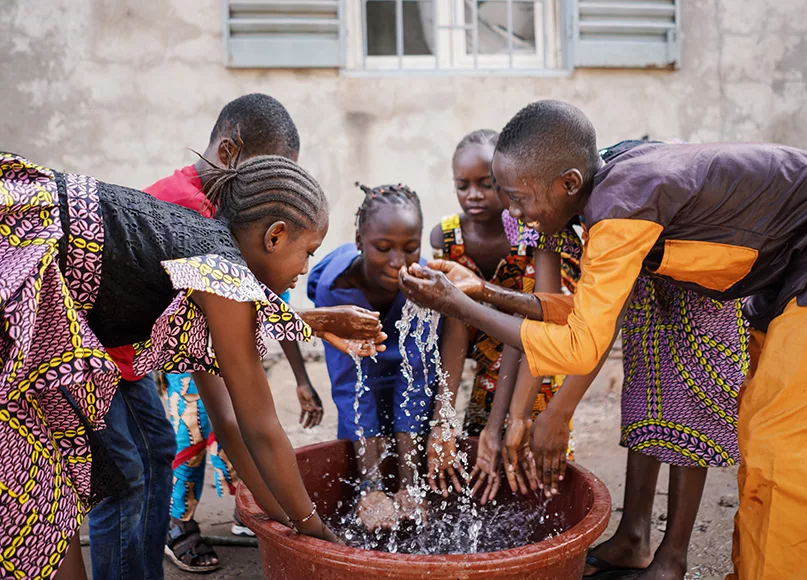
STANDARD OF LIVING: A KEY TO SUSTAINABLE BUSINESS GROWTH AND ACHIEVING THE SDGS
A higher standard of living is essential for boosting citizens’ purchasing power, leading to better returns on investment for businesses and encouraging business expansion. The SDGs aim to improve social welfare by addressing issues such as education (SDG 4), health (SDG 3), gender equality (SDG 5), and social inclusion (SDG 10). Eradicating poverty (SDG 1) is a significant milestone for enhancing living standards.
Impacts of climate change, exacerbated by Arctic warming, have led to a rise in temperatures and erratic precipitation patterns. Consequently, frequent droughts and floods have occurred, resulting in the loss of millions of hectares of farmland to the desert each year in Africa’s Sahel region, putting counties at risk of food insecurity. It is projected that an additional 78 million people in Africa will face chronic hunger by 2050, and at least 492 million in Africa could remain in extreme poverty by 2030 if no action is taken.
Addressing climate change and achieving the SDGs are crucial for improving the standard of living. This enables businesses to flourish, creating a sustainable and inclusive future for all.
HUMAN CAPITAL: THE BACKBONE OF BUSINESS GROWTH AND SDG ADVANCEMENT
A robust human capital base is crucial for businesses to thrive and scale. However, Arctic warming poses significant socio-economic risks globally and specifically in the African continent. These include health risks, property loss, water and food shortages from extreme weather, sea level rise and increased temperature, compromising human capital needed to drive business growth in Africa.
Climate–related disasters disrupt socio-economic development, triggering migration as people pursue improved opportunities for safety, employment, shelter, basic amenities, and education. In 2021, around 12.5 million people were internally displaced in sub-Saharan Africa due to disasters. 250 million Africans maybe affected by water stress and 700 million displaced by 2023. Quality education (SDG 4) is essential to address the 288 million school-age children currently out of school, requiring investments in educational infrastructure. However, extreme weather events pose a challenge to infrastructure resilience and hence SDG 4. Climate linked health events recorded in Africa increased by 25 percent between 2011 and 2021, lowering productivity. These challenges foster mass migration and reduce human capital, threatening the growth of African business and GDP expansion.
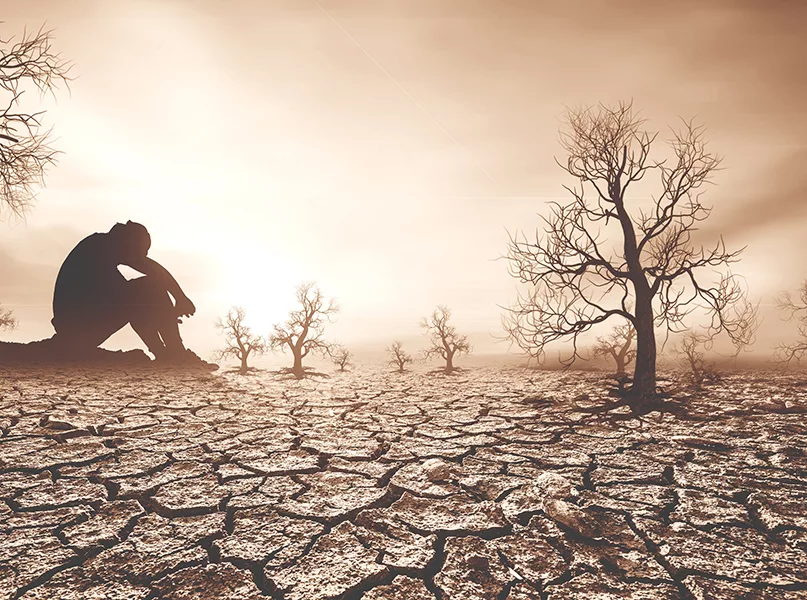
CONCLUSION
Africa’s top 10 fastest-growing industry sectors —fishing, textiles, mining, infrastructure, agriculture, energy, finance, transport, healthcare, and space—showcase a tremendous potential for business expansion. Nevertheless, the impacts of climate change, exacerbated by Arctic warming, present significant challenges that can impede growth across various sectors and posing substantial risks to achieving SDGs.
Businesses must recognise the interdependence between their growth and the successful attainment of the SDGs. Succeeding in the SDGs to secure a sustainable future for Africa also translates to a win for Africa’s business sector. Hence, it is crucial for business stakeholders to understand far-reaching consequences of Arctic warming for effective actions that mitigate the impacts of climate change in Africa.
For more information on how Arctic change impacts risks globally please visit arcticrisk.org
